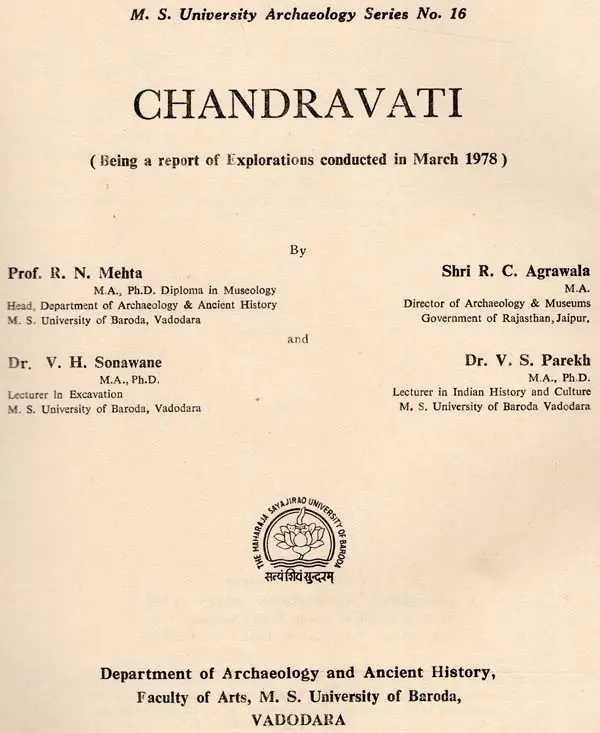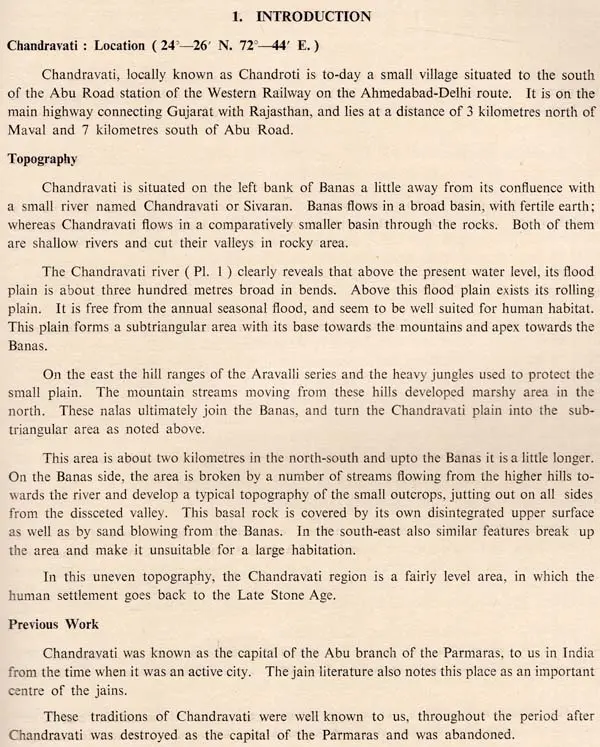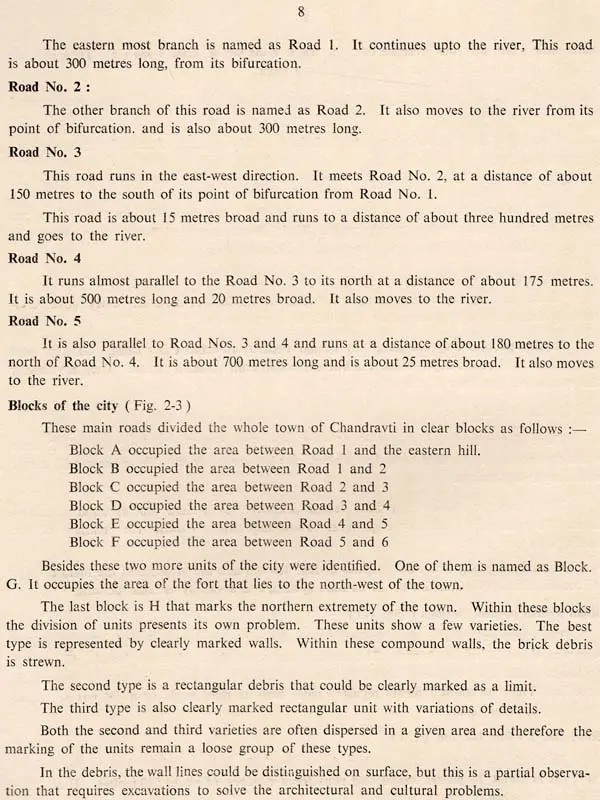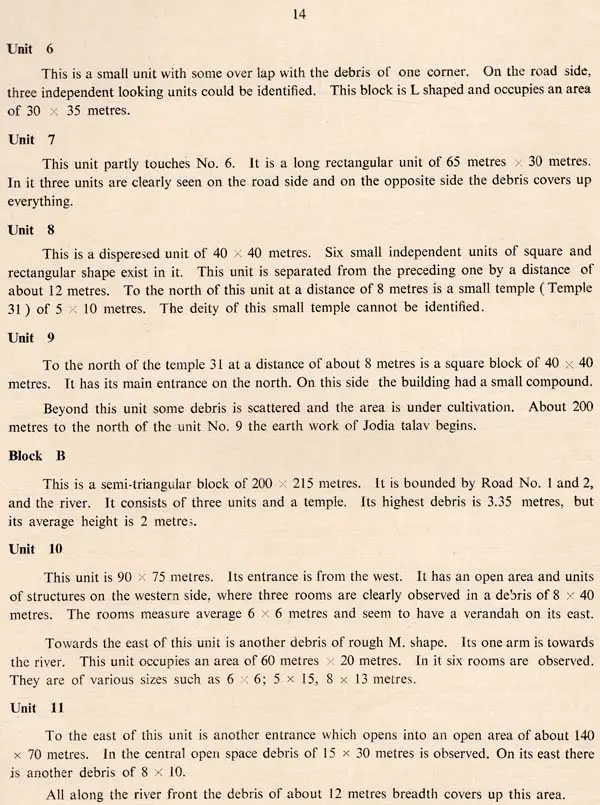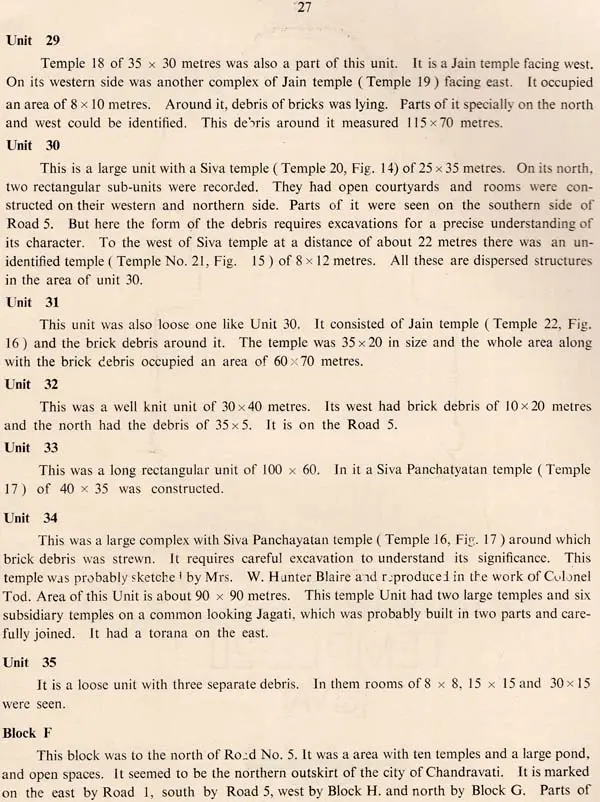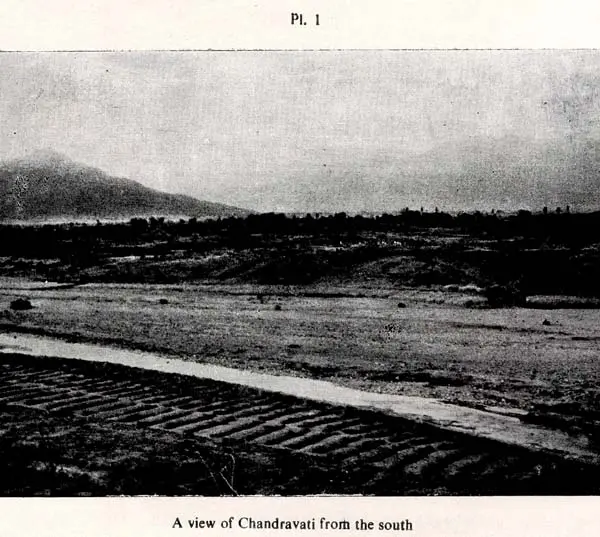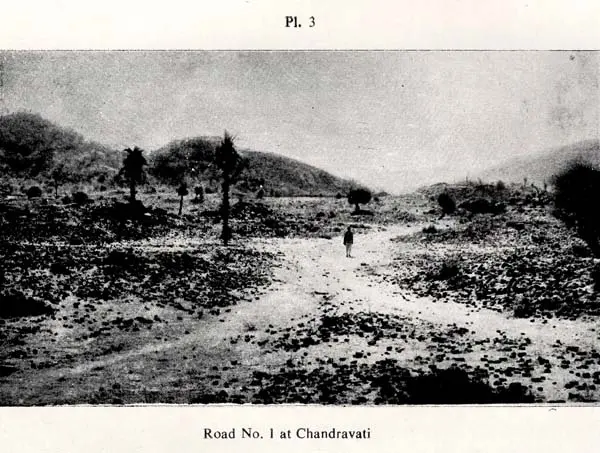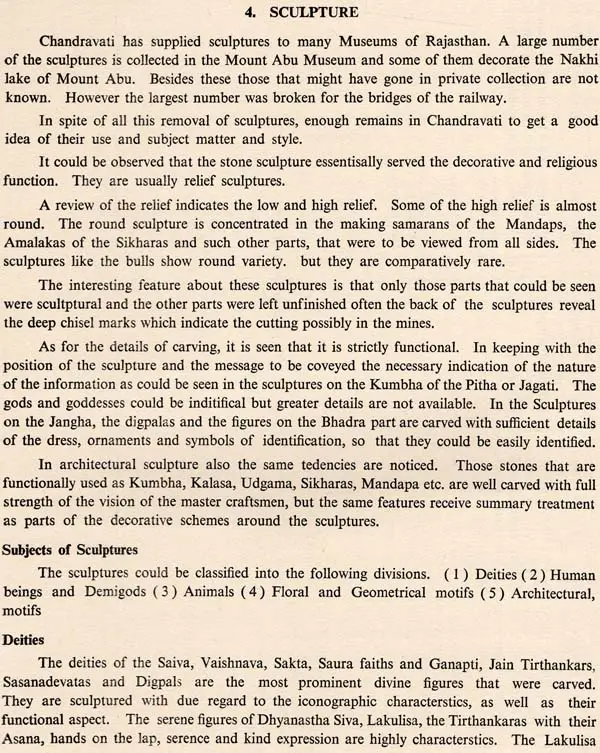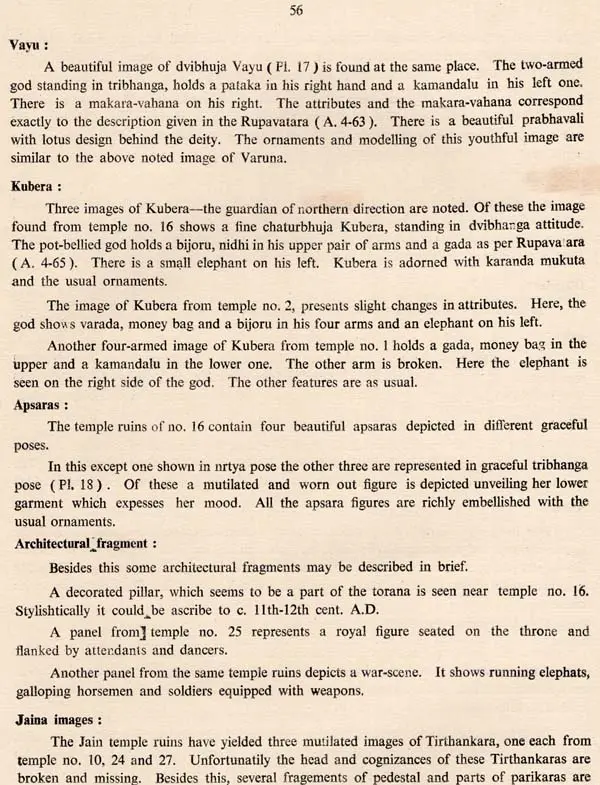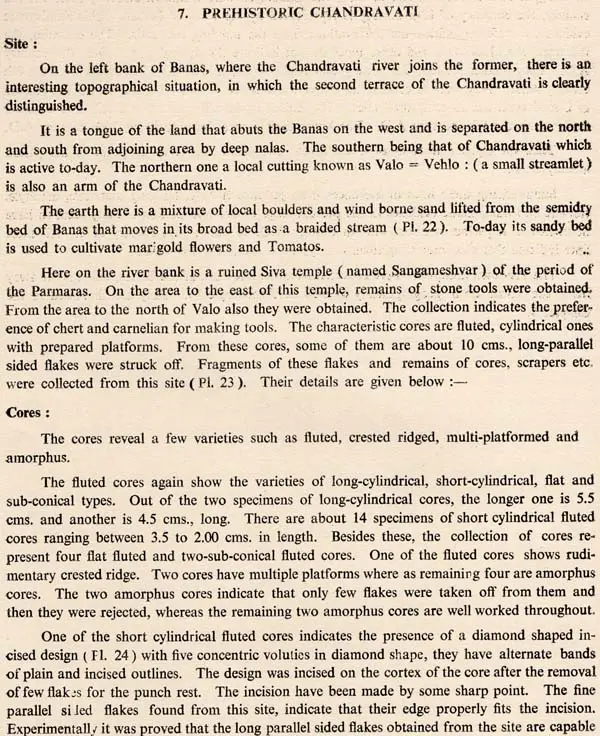
Chandravati - Being A Report of Explorations Conducted in March 1978 (An Old Rare Book)
Book Specification
| Item Code: | UAQ720 |
| Author: | R.N Mehta |
| Publisher: | The Mahraja Siyajirao University of Barodra |
| Language: | English |
| Edition: | 1980 |
| Pages: | 78 ( With B/W Illustration) |
| Cover: | PAPERBACK |
| Other Details | 11.00 X 9.00 inch |
| Weight | 320 gm |
Book Description
The Department of Archaeology and Ancient History of the M. S. University of Baroda carries on a systematic study of the material culture of India exploring and excavating archaeological sites. It publishes its findings in the M. S. University Archaeology Series. In this series, this report deals with the explorations of Chandravati that was a capital of the Abu Branch of the Parmaras. The report indicates that it is a Rajadhani of the Kanista type as noted by Samarangana Sutradhara of Maharaja Bhoja, a renowned ruler of the Malwa Branch of the Parmaras; who stayed at Chandravati for sometimes. This report opens up new vistas of the urban settlement of the period of about 9th to 14th centuries A. D. and I am confident that it would be of interest to the scholars in the field as well as to the students of town planning, history and culture.
The long Indian Tradition of Cultural life had developed many towns and cities. How ever, Urban Archaeology is in its infants' shoes. With a view to study the living towns, the tripartite methods of Topography, Toponymy and Archaeology was developed by us. However, the dead towns presented different problems. For understanding these pro blems and solving them extensive field work was conducted and the methods that could be used in our circumstances were developed by us. The field work at Champaner, Chandravati, Fatehpur Sikri, Jalore, Ghumali, Arthuna and other sites proved that extensive field is un trodden in this branch of Urban Archaeology. The present study of Chandravati in this branch is the result of the field work conducted in 1978. The preliminary reconnaissance were completed on 17th January 1978. When Dr. V. S. Shrivastava, the Superintending Archaeologist, Government of Rajasthan, Jodhpur and Dr. R. T. Parikh did some useful work and the detailed survey was undertaken from 5th March and completed within a period of four weeks. The field work was organised by Prof. R. N. Mehta and under his guidance, it was carried out by his colleagues Dr. V. H. Sonawane, R. J. Khatri, N. M. Khatri, R. C. Sutaria, C. U. Bhagat, K. K. Sheikh and Ramlal Ramji. The maps and drawings are the work of Shri R. J. Khatri, N. M. Khatri and C. U. Bhagat. The photographs were taken by R. C. Sutaria. The drawings, specially of temples are incomplete due to the debris overlying the plans. This debris require clearance for more complete plans. This report of explorations adds significant new data on town plan, temples, iconography etc. and interpretations, but it requires a follow up programme of making contour maps and excavations, to clear many points. In this report spellings of many Indian words are spelt a little differently, so a table giving the spellings used in this text, with those that are found elsewhere, as well as written with diacritical marks and in Devanagari script is given at the end of the book. We express our sense of obligation and gratitude to Government of Rajasthan, that realised the potential of work and insisted that Chandravati must be studied. Its enthusiasm and support was active. Dr. Shrivastava, the superintending archaeologist, Jodhpur Circle, Shri J. Babur, curator of Abu Museum, Shri Mukesh Mathur, the draftsman participated in the field programme at various stages. Shri Devidanji Gadhavi, the local Chowkidar also rendered us much help during the field work. We are grateful to them for their cooperation. We are grateful to Prof. P. J. Madan, the Vice-Chancellor of the M. S. University, Baroda for his encouragement throughout our work and to Prof. S. M. Sethna, the Provice Chancellor for his keen interest in this work. We are thankful to Shri B. K. Thapar, Director General of Archaeology who had given useful suggestions for this work and to Dr. U. P. Shah who gave us the benefit of his scholarship while preparing the report. Dr. C. Margabandhu, also helped us in different ways. The MSS was typed by Shri R. T. Patel.
**Contents and Sample Pages**
